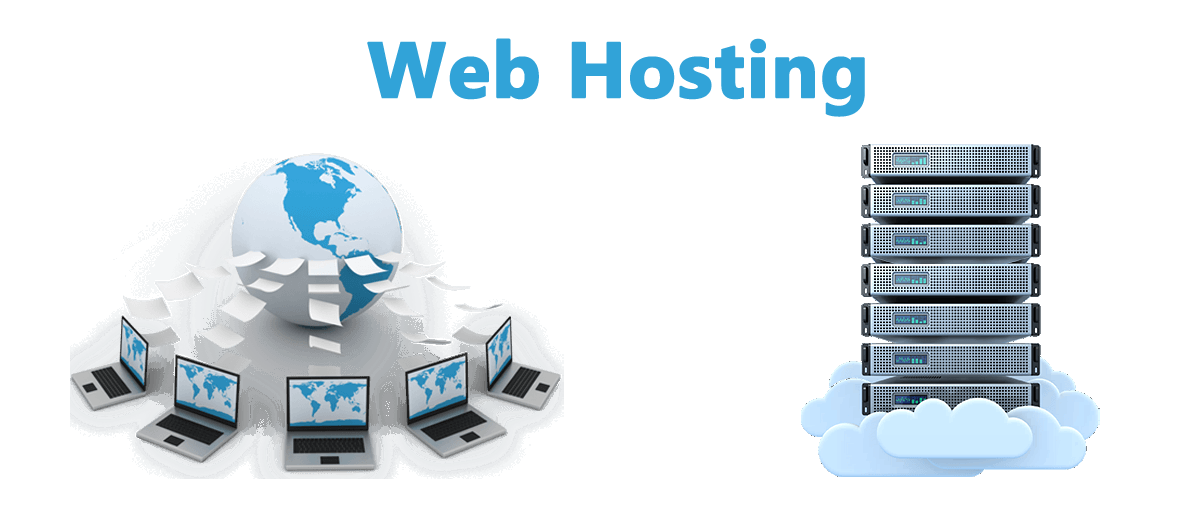What Is A Server?
A server could be a software or hardware device that receives and processes network requests. A client is a device that produces the request and gets the response from the server. The term “server” is usually used on the internet to describe the computer system that receives requests for websites and sends those files to the client.
Why Server Speed Is Important For Increasing Revenues?

As you must be aware, there are thousands and millions of websites on the internet, and there are likely to be many more in the future. Because the competition is tough, your website must load fast to minimize dropping below.
The speed at which a website load is directly proportional to the expected profits earned; in today’s fast-paced world, those who can take their product to market fast earn more profits. Customers will be less likely to buy your goods if it takes a long time for them to get access to it.
HIGHER THE WEBSITE SPEED = HIGHER THE REVENUE
It is recommended that a website’s loading time be less than 3 seconds, and if it takes fewer than 5 seconds for a website to become visible to the user, it is regarded as a good website loading time. However, if it takes less than 10 seconds to load, it is called a decent website loading speed.
As a result, if your website takes longer than 10 seconds to load, you will most likely lose ranking as well as conversion rate. As a result, a slower website will result in fewer sales.
There are a variety of tools accessible online to help you improve the performance and speed of your website. They also make recommendations for improving the performance of web pages.
What Is A Good Server Response Time?
A server response time is the time it takes for a visitor to request a web page through his browser and for the server to respond to that request. It’s measured in TTFB which is the acronym for Time to First Byte.

According to Google, a website’s response time is good if the TTFB is less than 200 milliseconds. So:
- It’s great if your server response time is less than 100 milliseconds.
- It’s considered good if the delay is between 100 and 200 milliseconds.
- It’s suitable if it’s between 200ms and 1 second, although it could be better.
- A delay of more than one second is excessive. You might need to shorten server response times.
Dedicated Servers For Faster Speed
The speed of your website is determined by its design, databases, and hosting server. Choosing the best web hosting service is critical for your company’s success.
The two types of hosting solutions offered online are shared hosting and dedicated hosting. While shared hosting is inexpensive and meant for small websites with little traffic, dedicated hosting is more costly and designed for larger sites.

Dedicated servers are being adopted by businesses to gain more power and improve performance. When your website is hosted on a shared hosting provider with thousands of other websites, speed becomes a concern.
Dedicated servers provide advantages such as faster loading times, enhanced security, and the ability to handle more traffic.
How to Reduce Server Response Time
- Choose Good Web Hosting Providers
Check online ratings and tips for providers who can maintain a quick and consistent server response time while deciding between different hosting service packages. If you have the funds, a dedicated server is a way to go, as it can drastically reduce server response time.
- CDN (Content Delivery Network)
If you’re currently using a shared hosting service with a slow response time, employing a CDN (content delivery network) solution can help you increase your page speed.

- Lowering the number of scripts
Remove any unnecessary variables, characters, or comments from the code that makes it lighter. When working with files, one of the most common approaches is to minimize and reduce the scripts.
Even though it contains a big quantity of data, it does not affect the performance of your website.
- Web Fonts
Web fonts, also known as web typography, have grown increasingly popular on newer websites, but if they aren’t correctly optimized, they can place extra pressure on your server and slow down the page loading speed.
- Keeping everything up-to-date
Performance improvements are common in new versions of the software you’re running. For example, the upgrade from WordPress 8.0 to WordPress 8.1. If you’re using WordPress, it’s critical to maintain your themes and plugins up to date, as fixes frequently offer performance-enhancing features.
In general, it’s recommended to maintain only the themes and plugins you need and delete the others so that they don’t take up unnecessary space.
How to Test and Improve Your Server’s Performance
Examples of well-known website speed checkers include:
- www.bitcatcha.com
- tools.pingdom.com
- getmetix.com
- pagesspeed.web.dev


